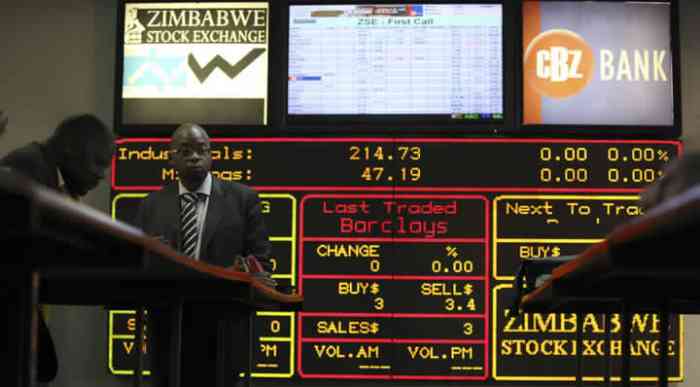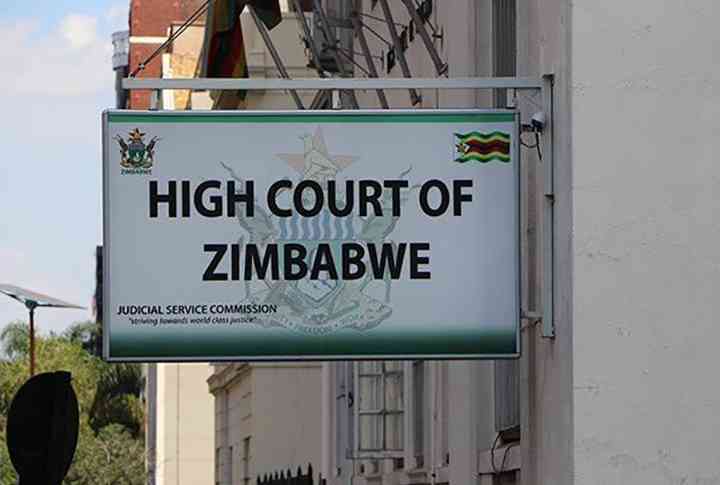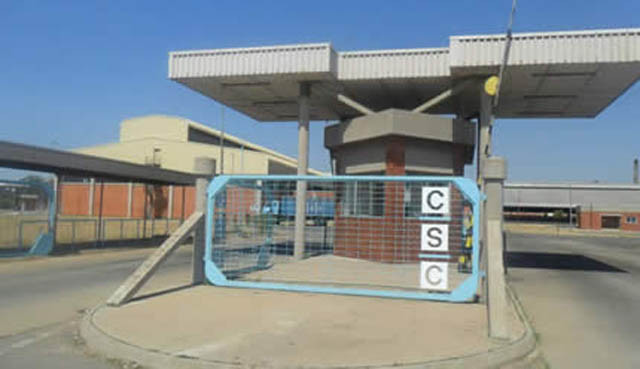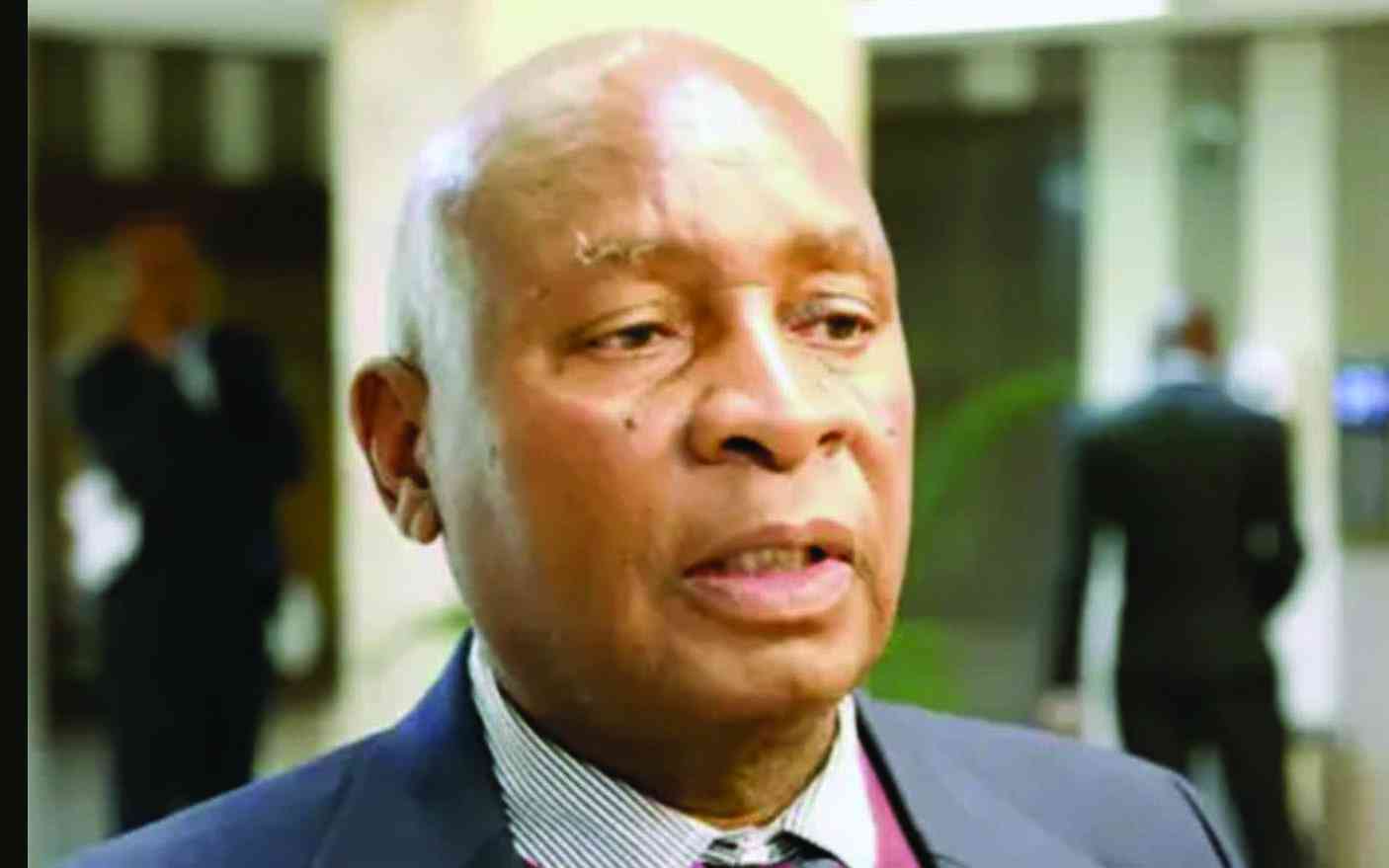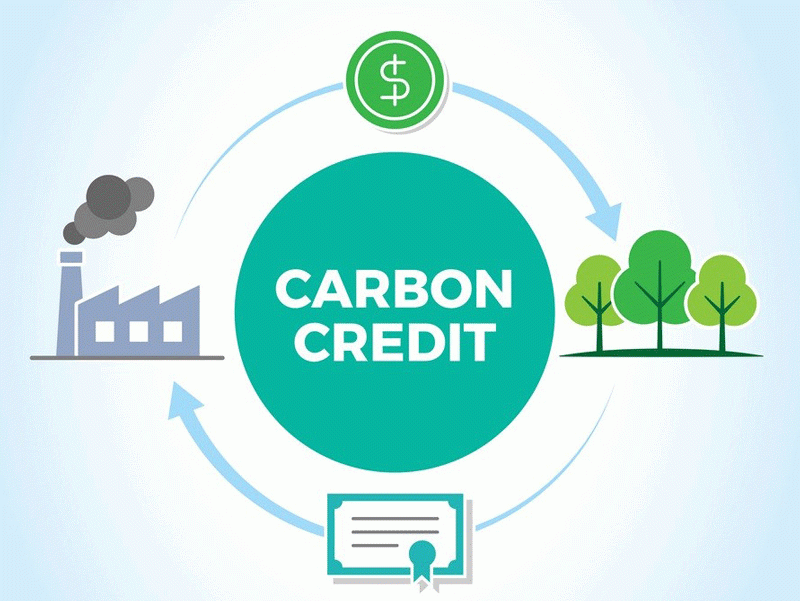
THE previous article elaborated the phenomenon of carbon credits, providing detail on prices, the different types of carbon markets and projects, which qualify for credits.
This issue will give more focus towards developments on the African continent, providing much more clarity regarding activities in Zimbabwe.
Continental progress , opportunities
The African Carbon Market Initiative (ACMI) was launched at the COP27 climate summit, in Egypt, last year (November).
The aim of this initiative is to produce 300 million carbon credits, generate US$6 billion in revenue and support 30 million jobs, yearly, by 2030.
In September, the United Arab Emirates (UAE) pledged to purchase US$450 million worth of carbon credits from the ACMI.In the same month, an additional US$327 million was pledged by Britain, Germany and other foreign, private-sector players.
The initiative is made up of an initial membership of the following seven countries; Nigeria, Kenya, Rwanda, Burundi, Gabon, Togo, Mozambique and Malawi. It alsogoes without much thinking that Zimbabwe would profit from joining this group.
Kenya held its first ever carbon offset auction in June 2023, organised by the Regional Voluntary Carbon Market Company (RVCMC), founded by the Saudi Tadawul group and Saudi Public Investment Fund.
- Africa’s ‘largest’ ferrochrome plant takes shape
- Africa’s ‘largest’ ferrochrome plant takes shape
- Zim’s quest for FDI leaving communities exposed
- Anxiety and anguish as Chivhu villagers make way for billion dollar Chinese project
Keep Reading
In the auction, one carbon credit was priced at US$6,27, with 1,4 million credits purchased by Saudi Arabian companies. Lessons for Zimbabwe here may include a pointer towards investors and buyers in Saudi Arabia, who may be able to also provide funding for Zimbabwean carbon offset investments.
In the same month (June), Malawi launched the its Carbon Markets Initiative, which has the potential of producing 20 million credits, per year. This can draw, a minimum of US$120 million, into the economy, yearly.
Nigeria is understood to have the potential to generate US$500 million annually, from carbon offsets, by 2030. Offsetting projects in the pipeline include the Waste Heat Recovery Project by Dangote Industries Limited, a cement manufacturer.
The project will capture and utilise waste heat from cement kilns to generate electricity.
Ultimately, this will reduce the reliance on coal, as it will be utilised to an efficient standard, through the multiple applications.
Zimbabwean policy makers and cement corporations may also need to find ways of applying co-generation (waste heat recovery) in the local cement value chain, for multiple benefits to the manufacturers and the nation at large.
Reducing reliance on coal, obviously results in cleaner air for local communities within the geographical range of the cement producers.
Further, the sale of credits from such projects imply more income for the manufacturers and additional taxes to government, which is entitled to 30% of carbon credit revenue, in Zimbabwe.
The Dinson Iron and Steel Company’s 100MW, co-generation project, which is being established in Manhize, also seems suitable for generating carbon credits, saleable in international markets.
In fact, the whole 300MW project, being set up by the company, has a good chance of earning additional revenue for both the company and its stakeholders, if suitable project designers and financiers are secured.
Nigeria's Sovereign Wealth Fund (Sovereign Investment Authority) has also developed interest in carbon markers, as it is drafting the country's, national carbon strategy.
The fund recently (April 2023) signed a deal with an international oil trading company named Vitol, to set up a joint venture, which will invest in carbon removal projects in the country.
The joint venture will lead to the formation of a company named, Carbon Vista, which will invest US$50 million in offsetting projects.
The Zimbabwean government can use such experiences from other regional bureaucracies to add to its learning for the establishment of comprehensive and suitable local carbon credit policies.
Mozambique is currently a beneficiary of a World Bank programme, termedEmission Reductions Payment Agreements (ERPAs).
The programme creates opportunities for governments or businesses in developing countries to sell carbon credits to the World Bank's trust funds.
In 2019, Mozambique got a US$50 million payment through the programme, which is expected to run until 2024. There are yet more World Bank programmes that support the establishment of carbon markets, which developing countries can benefit from.
These include the Climate Market Club, Invest4climate and Supporting Bank Operations for Mitigation Outcomes. Clearly, the local Ministry of Environment can glean more funding for climate projects if it commits towards making a case for carbon investments in the country, through these global platforms.
Local developments
Zimbabwe is the 12th-largest carbon offset producer, globally. This statistic is indicative of a competitive advantage, which needs to be understood in order to benefit further, from it.
Carbon Green Africa (CGA) and South Pole (a Swiss company) currently administer the Kariba REDD+ project, which is reported to be the second-largest carbon credits project, internationally.
The project covers 750 000 hectares of forests in four rural districts (Mbire, Hurungwe, Nyaminyami and Binga).
It focuses on reducing deforestation and land degradation, whilst adding more trees to the area, through reforestation and afforestation.
According to South Pole, Kariba REDD+ has generated US$112 million in revenue from its establishment in 2011. The project assigns 20%, 30% and 50% of revenues to the local communities, government and administering corporations, respectively. Community earnings fund borehole repairs, conservation agriculture, farming inputs, bee-keeping, market access assistance, etc. Co-benefits of the project include the increase in wildlife populations (buffalo, elephants, etc) and reduced poaching activities since the local communities can now earn income through the project.
This will further reflect in increased tourism activities in the area as visitors stream in to watch wildlife and experience the subtropical forests. Over 30 years, the project is expected to generate 52 million credits (worth US$440 million, using a rate of US$8 per credit).
In July, Zimbabwe hosted a carbon credits summit, with the goal of establishing a carbon registry and a carbon exchange (a market where credits can be bought, sold, and hoarded), which mostly serves buyers in the international market.
A regional trading hub, which deals with transactions on the continent is also being envisaged within Zimbabwe (Africa Voluntary Carbon Credits Market).
It is reported that the country generated 4,2 million carbon credits, from 30 projects, in 2022.
In 2020, a five year pilot REDD+ project, administered by the Global Environment Fund, through the World Bank, was completed in the Ngamo-Sikumi forests.
This project went on to provide proof of concept (viability) for the area to establish a REDD+ carbon credits project. Further, in 2022, (two years later), Invictus Energy, which is exploring for oil in the Cabora Bassa Basin, took over the carbon offset project, which covers a combined 301565 hectares of indigenous forests.
To formalise their ownership, Invictus signed a 30 year contract with the Forestry Commission of Zimbabwe (FCZ). In doing this, the main focus of the firm is to make the Caborra Bassa oil, one of the first, carbon-neutral oil and gas projects, globally, if the company's oil exploration is a success.
Preservation of the forests and reforestation, are meant to offset emissions produced during the drilling and extraction of oil, throughout the project’s life cycle.
This will be beneficial for the company's branding and makes the oil more attractive to environmentally conscious consumers, particularly, in export markets.
Carbon neutrality will also increase funding choices, providing more private lenders, equity and bank credit potential. The company created a new division, Miombo Forest Carbon Investments (MFCI), to develop and manage the NGS REDD+ project, and made an upfront commitment of US$1,5 million towards the project.
Since profits will also be made by this scheme, the company will recuperate the invested amount and go on to share the income generated, equally, with the Forestry Commission (FCZ).
The project is reported to have the potential to generate, as much as 30 million carbon credits, through its 30-year life cycle.
On September 29 this year, Blue Carbon General Trading LLC, a subsidiary of Global Carbon Investments (UAE), entered into a US$1,5 billion conservation agreement with the Ministry of Environment, Climate and Wildlife, with the objective of developing carbon credits in Zimbabwe.
The project is focused on forestry; preservation, reforestation and sustainable land management.
The carbon credits to be generated are set to be sold on the international markets, under Article 6 terms, of the Paris Agreement.
The project will cover an area of 7,5 million hectares, which is reported to be almost 20% of Zimbabwe's total landmass. The carbon credits are expected to earn the country US$13 billion, through the next few decades (typically 30 years), according to reports.
However, comparative figures using Kariba REDD+ project, point to potential revenues of US$4-US$6 billion, during the project's life cycle.
The firm has also partnered with Tanzania and Zambia, securing agreements for the conservation of about eight million hectares of forests in the two countries.
Additional recommendations
It is commendable to observe Zimbabwe being a notable contributor to the climate agenda as it has become an attractive destination for carbon offset projects.
The government would serve the nation well if it ensures that offset activities in the country are legitimate and compliant with international standards. This is in order to avoid the bad publicity associated with exaggerated or fraudulent carbon offset claims.
Additionally, carbon offset contracts should be tailored to suit the Zimbabwean context. Since Zimbabwe is a resource-rich country, for example, the contracts must allow deforestation, in the case that minerals or fertile farming land are discovered, in an area covered by an offset project.
In such a case, the government may pledge to ensure that it will establish similarly-sized forests, in a different area within the country.
Importantly, a study by the Forestry Commission estimates that, between 1992-2017,
Zimbabwe has lost 6,5 million hectares of forests, due to land clearance for agricultural purposes, wood for fuel and other unsustainable practices (such as forest fires).
Tobacco farming continues to play a significant role in forest degradation in areas where farmers do not have access to other energy feedstock for curing their crop.
As Africa's largest tobacco producer, this challenge will likely ensue, since about 20% of deforestation in the country, is attributable to the farming of the leafy crop.
There is clearly an opportunity to structure reforestation projects so that they will cover such areas.
Moreover, officials in relevant government departments will need training and capacity building to ensure that they can design carbon offset projects, which can be sold to various international investors and clients.
Further, the country needs to unlock the potential it has in non-forestry projects, such as; renewable energy (for example ethanol power plants), waste to energy industrial processes, co-generation (mainly for cement and steel manufacturing corporations), etc.
- Tutani is an entrepreneur, political economy analyst — tutanikevin@gmail.com.

